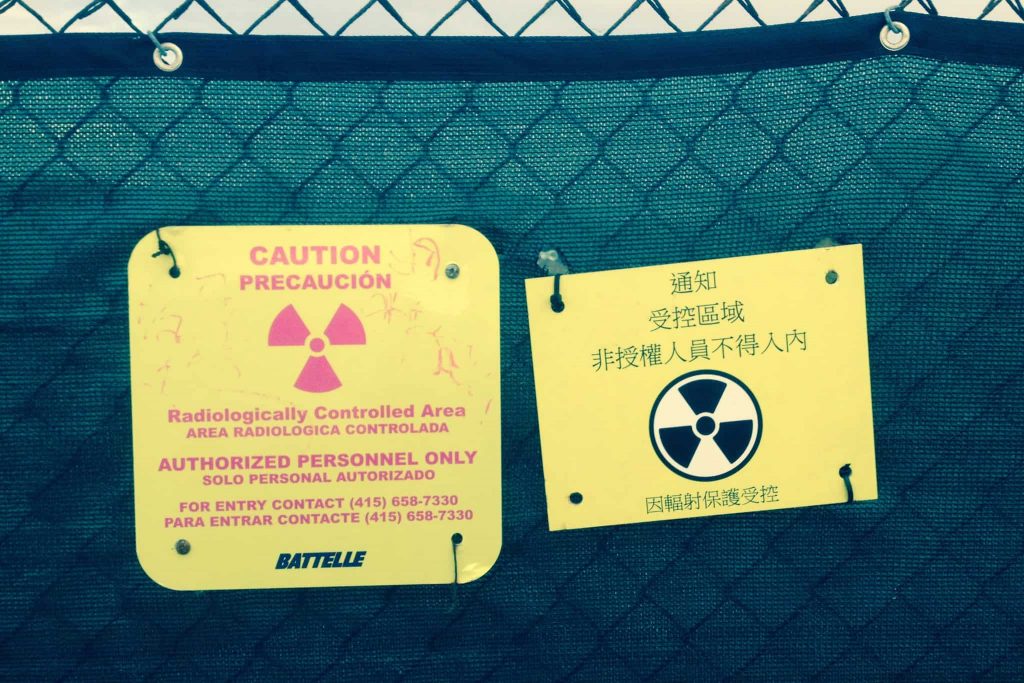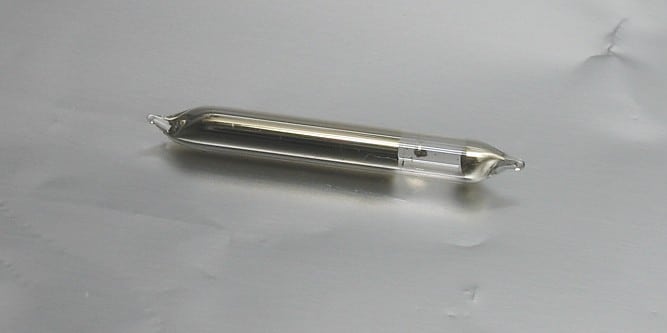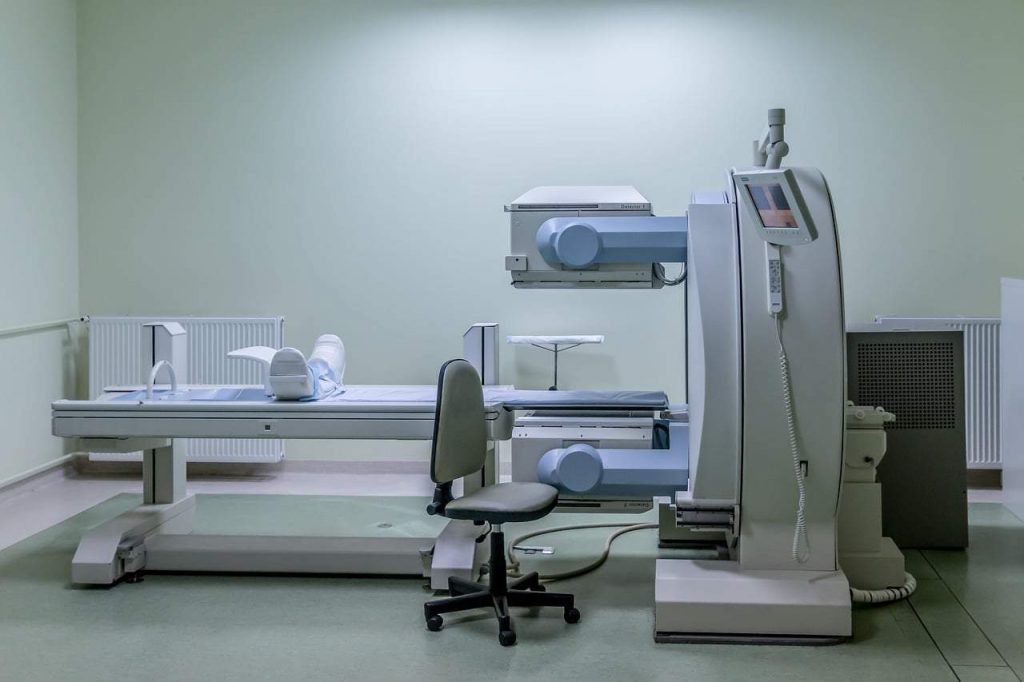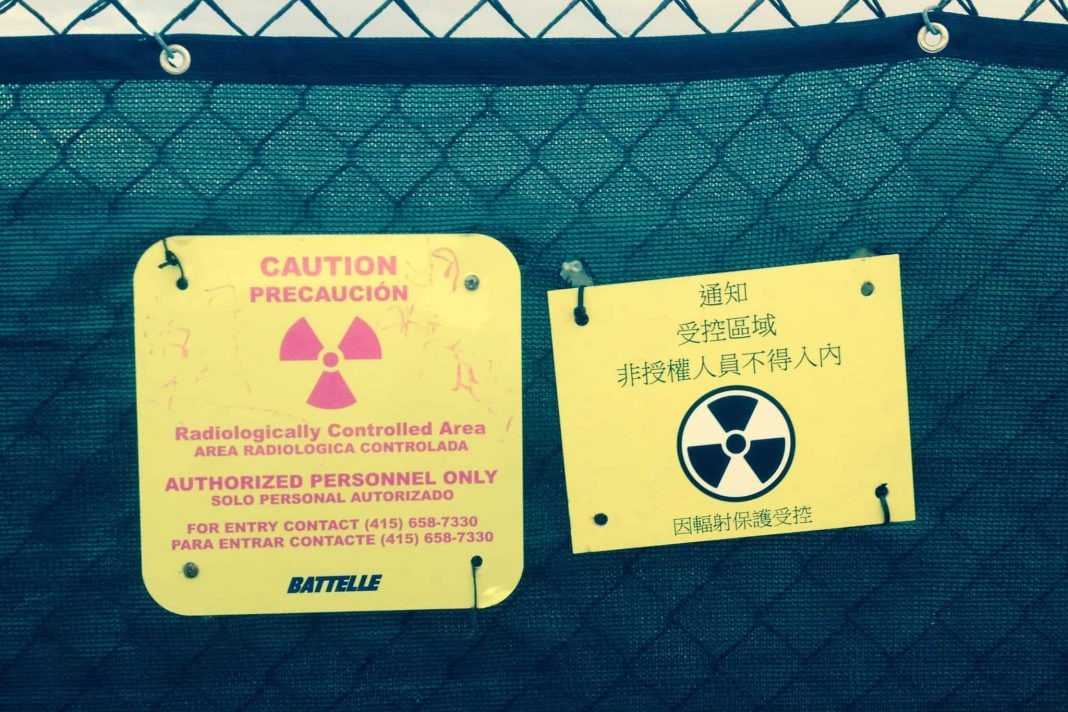Radiological Dispersal Devices detonated in an urban centre could result in psychological terror.
In the world of intelligence, we like to think we are ready for anything. Contingency plans, schemes of manoeuvre, tactics, techniques and procedures… all plans of action cultivated by brilliant strategic minds, or lessons learned from critical failures.
The modernization of warfare has forced terrorist organizations to recalibrate the way they plan and execute plots. That is a bit of a generalization, of course, since regional security capabilities often dictate outcomes. It would be easier for an FTO to execute an attack on a soft target in Kabul than one London.
And that is where creativity comes into play.
Malevolent creativity
According to an article from the Journal of Creative Behavior, there is “a creative endeavour part of secretly plotting terrorist attacks with limited resources and personnel against a stronger foe”.
Additionally, “acts of terrorism saliently exemplify contemporary malevolent creativity.”
For the intelligence professional, it is of the utmost importance to theorize possible terrorist plots. Plots could be born from the aforementioned idea of malevolent creativity. As law enforcement and homeland security agencies in developed countries modernize, sensitive resources are needed to manufacture things.. there are “homemade” explosive devices which authorities commonly monitor to trace potential terrorist actors.
That leaves the possibility of FTO’s developing new unconventional weapons and tapping into supply chains for raw materials.
Dirty Dancing
Dirty bombs, also known as Radiological Dispersal Devices (RDD), are as unconventional as it gets.
The United States Nuclear Regulatory Commission (NRC) define “A “dirty bomb” as a “radiological dispersal device” (RDD) that combines a conventional explosive, such as dynamite, with radioactive material.”
RDDs are commonly mistaken for some sort of small-scale nuclear bomb. Some would say a Hiroshima hiding in a suitcase of sorts.
Far from it, the true nature of an RDD is to be a weapon of mass disruption versus a weapon of mass destruction, as is its potentially world-ending sibling.
There is an interchange between the terms “disruption” and “destruction”. This is because of the drastic differences in the nomenclature and effect of each device.

Nuclear weapons are the most potentially devastating pieces of military hardware in existence. According to the Union of Concerned Scientists: “Modern nuclear weapons work by combining chemical explosives, nuclear fission, and nuclear fusion. The explosives compress nuclear material, causing fission; the fission releases massive amounts of energy in the form of X-rays, which create the high temperature and pressure needed to ignite fusion.”
This is, of course, a simplified description of a complex topic, but for the sake of brevity, it is important to note that the purpose of a nuclear weapon is to destroy. If the initial impact of a detonated weapon does not vaporize you immediately, you will probably suffer intense burns, radiation sickness, and a long list of other ailments, all from just being within the vicinity (size and strength of warhead being the determining variable).
Some Good News
Luckily, they are nearly impossible to gain because of strong protective measures and accountability amongst the nations who possess them. Emphasis on “nearly” though, for the sake of sparing the potential for the right amount of malevolent creativity to one day occur…
Radiological dispersal devices are not capable of nuclear fission or fusion. The development of such a weapon would require enormous expertise and resources that a standard FTO likely has no access to. Instead, RDDs require an explosive device mixed with radioactive materials, usually as a powder or pellet. An RDD detonation would not look any different from a conventional one, but the radioactive component adds a “disruptive” layer to the event. The psychological effects would overshadow the physical.
The dispersal of radioactive material itself is not harmful, and the likelihood of a RDD detonation inflicting mass casualties is unlikely. FTOs would need a substantial volume of radioactive required to produce a RDD capable of a large-scale explosion. That would make it far more difficult for an FTO to plot and carry out an attack.
Instead, an RDD is an effective way to cause mass confusion, unrest, and disturbance. According to the US Office for Domestic Preparedness, probable effects of a RDD detonation include potential public panic, contamination areas near the blast site, and the overburdening of a local health system. RDD attacks are uncommon. This means regions are likely not prepared with radiation detection equipment and trained personnel to help with the aftermath.
Radiological Dispersal Device and Hospital Waste
Radiological Dispersal Devices and Hospital Waste are a combination no media usually talks about. That is unfortunate. At least, because hospitals are soft targets, and one of the best locations to gain the radioactive materials needed to produce a RDD.
Hospital waste comes in many forms, including radioactive, because of nuclear medicine and cancer treatment practices. There are varying levels of radiation contained within the waste. Some materials are more qualified for an RDD than others.

Cesium-137, for example, is a material that is relatively safe at low doses, but dangerous in high ones. According to the US Centers for Disease Control (CDC), large Cs-137 sources come from hospital areas. These usually contain radiation therapy units. The material itself within those sources is usually as a pellet or powder. This is highly useful for an RDD.
Hospitals in most highly developed countries have active security measures in place. These measures include physical personnel as well as electronically locked barriers requiring keycard access. With such systems in place, it would take a very skilled (think Hollywood heist level) team of bad actors to make their way into the hospital, steal radioactive materials, and get out unscathed.
Become the enemy for a second
Imagine for a second you get into a terrorist mind. A hospital might be the best-case scenario compared to an industrial warehouse or similar storage facility. That hospitals are rarely the target of FTO attacks means they could foster an environment that breeds complacency in its staff and security. The classic “it could never happen here” mentality. Except in this case, the thought of materials being stolen for an RDD is likely rarely on employee minds.

That does not even factor in the varying degrees of protection in hospitals across the world. Some of them being in countries that are underdeveloped or that lack the proper security to prevent such a theft. A smart FTO operation using malevolent creativity could even do something like disguise actors as x-ray repair technicians. They will then forge documents for an unwarranted repair order. In this, they would have unfiltered access to an area. Surely a lofty plan, but not outside the realm of possibility, especially in less advantaged populations or regions.
Why does this matter?
Radiological Dispersal Devices detonation in an urban centre could cause terror we do not prepare most nations for. The materials that terrorists need to add the radioactive “spice” to an explosive recipe can come from hospital waste. This makes the relationship between RDD and hospital waste worth talking about, for the sake of awareness and future preparedness. As with COVID-19, not properly preparing for a population affecting event can have long-lasting consequences. RDDs may be more theoretical than practical. Hospitals should be more aware. Some materials they used to save lives can, through a bit of malevolent creativity, turn into something sinister.

